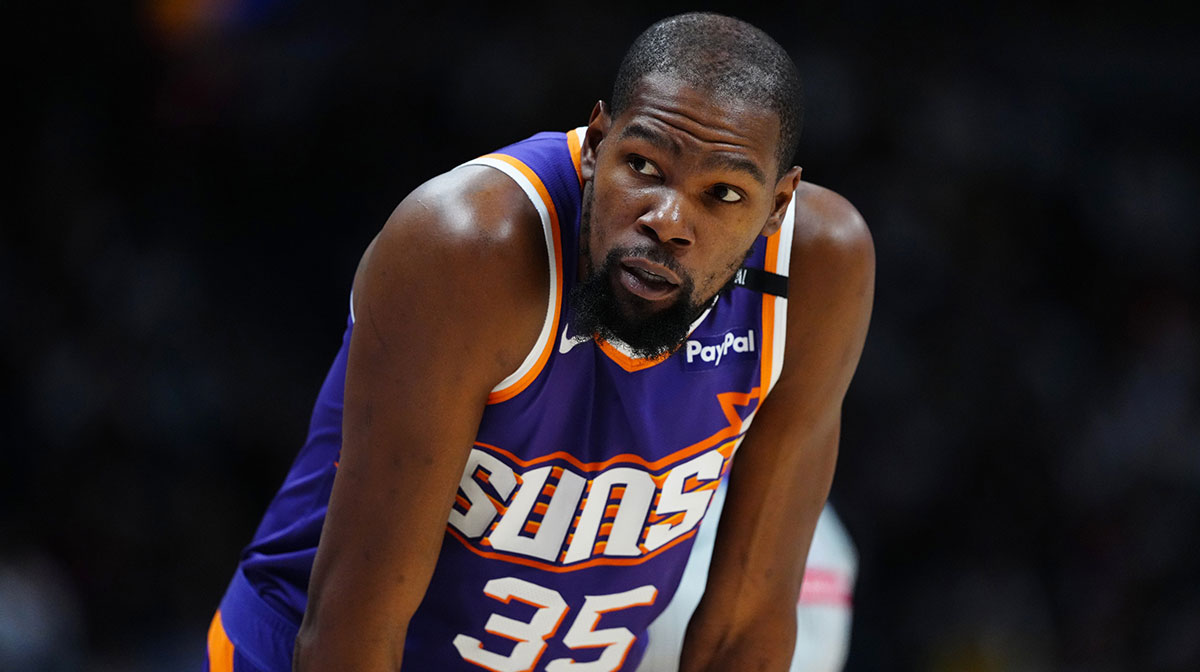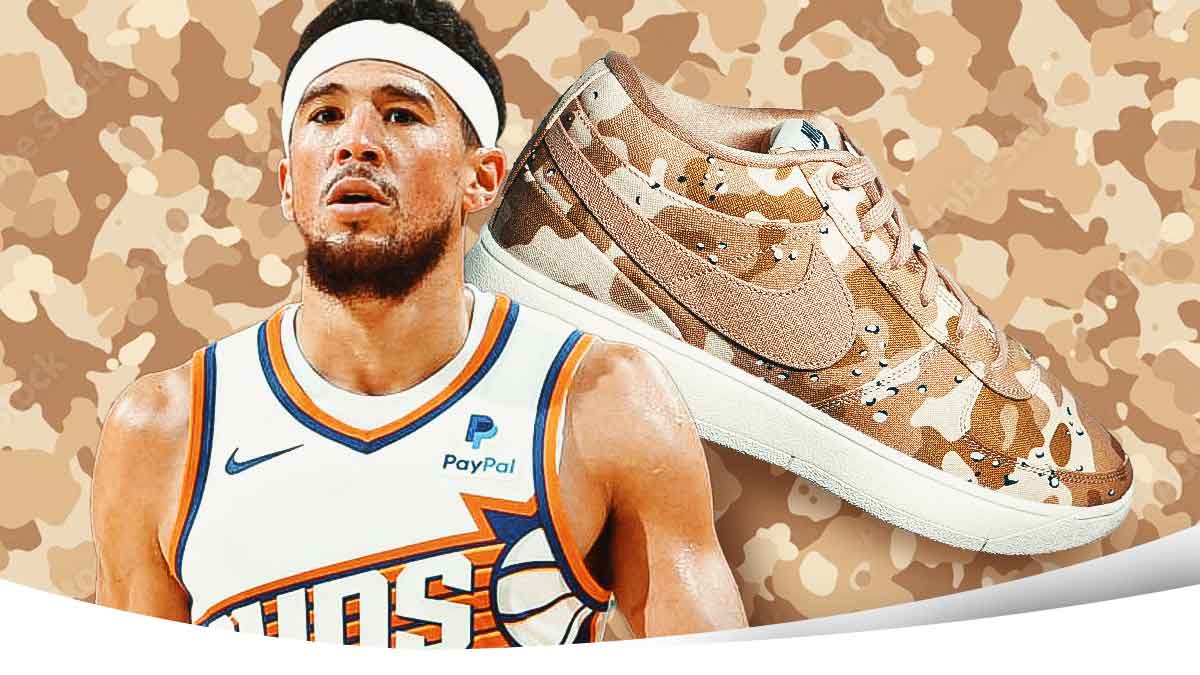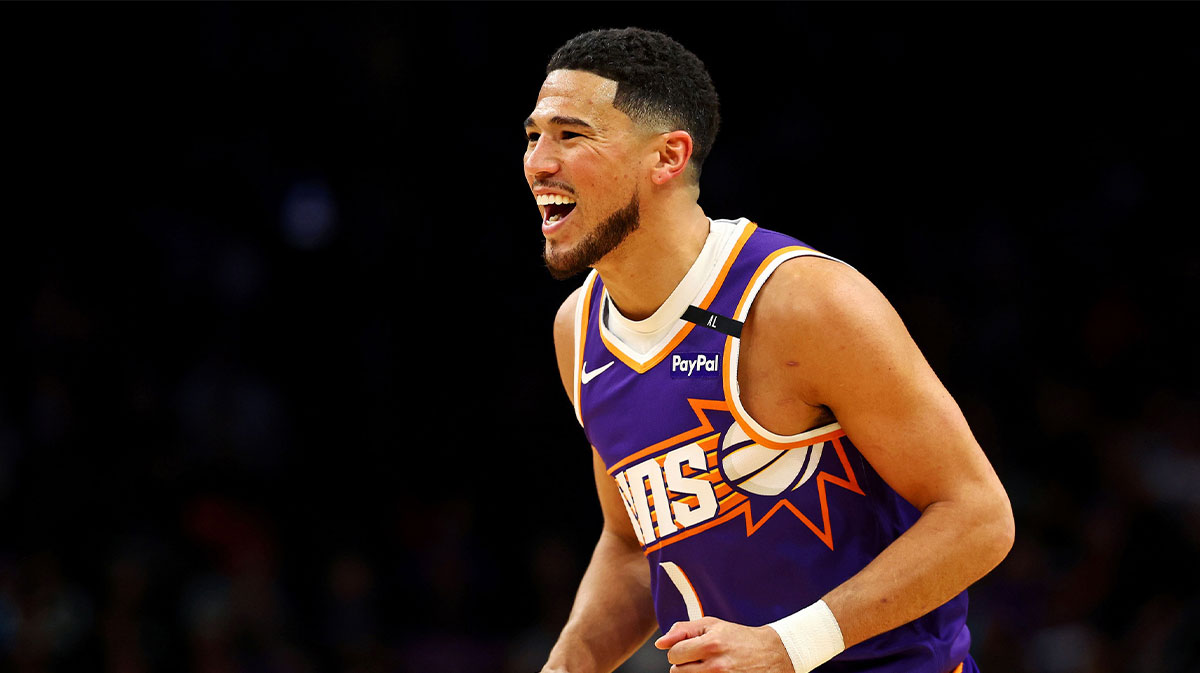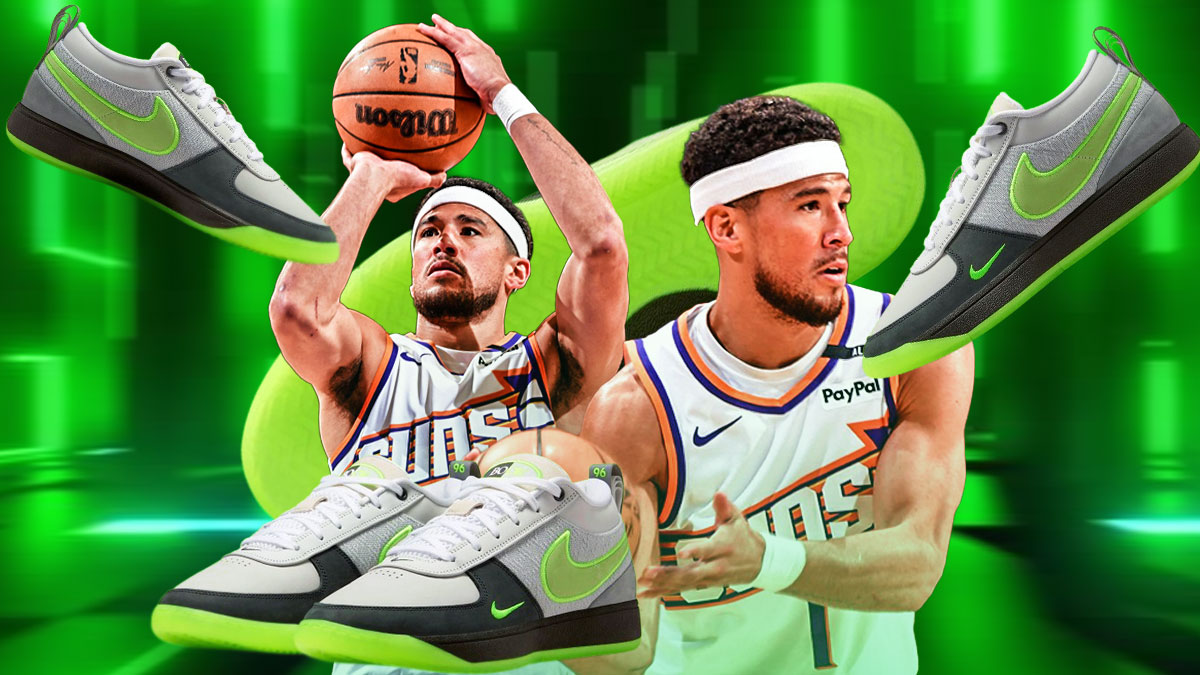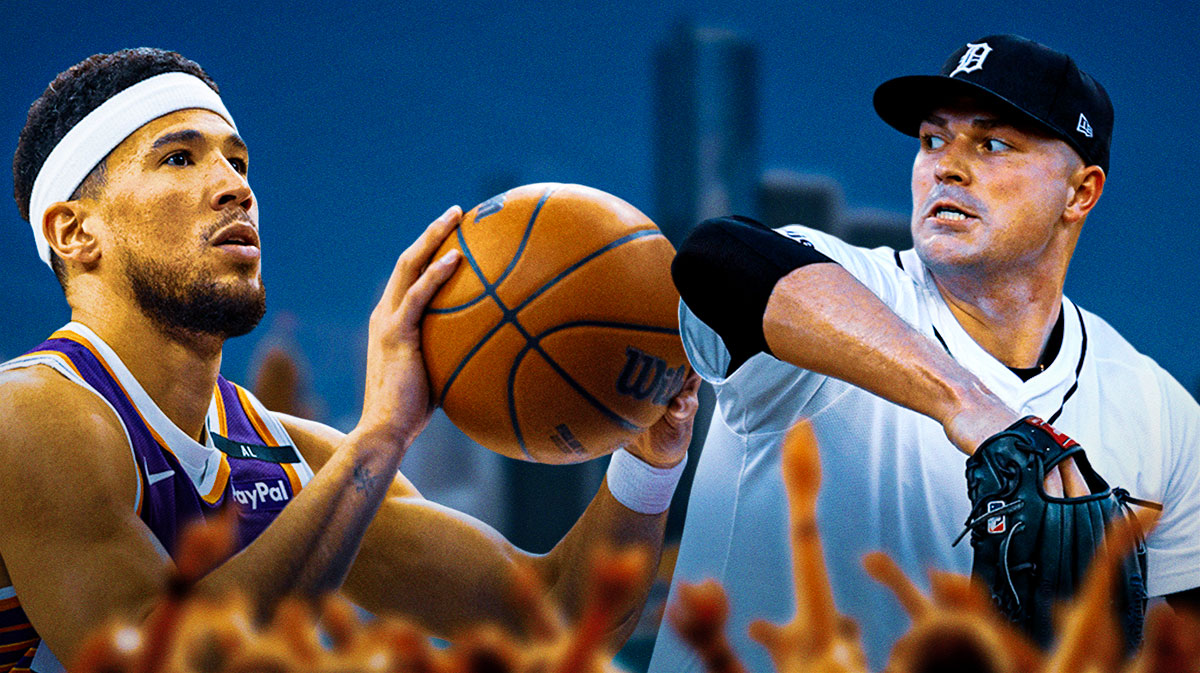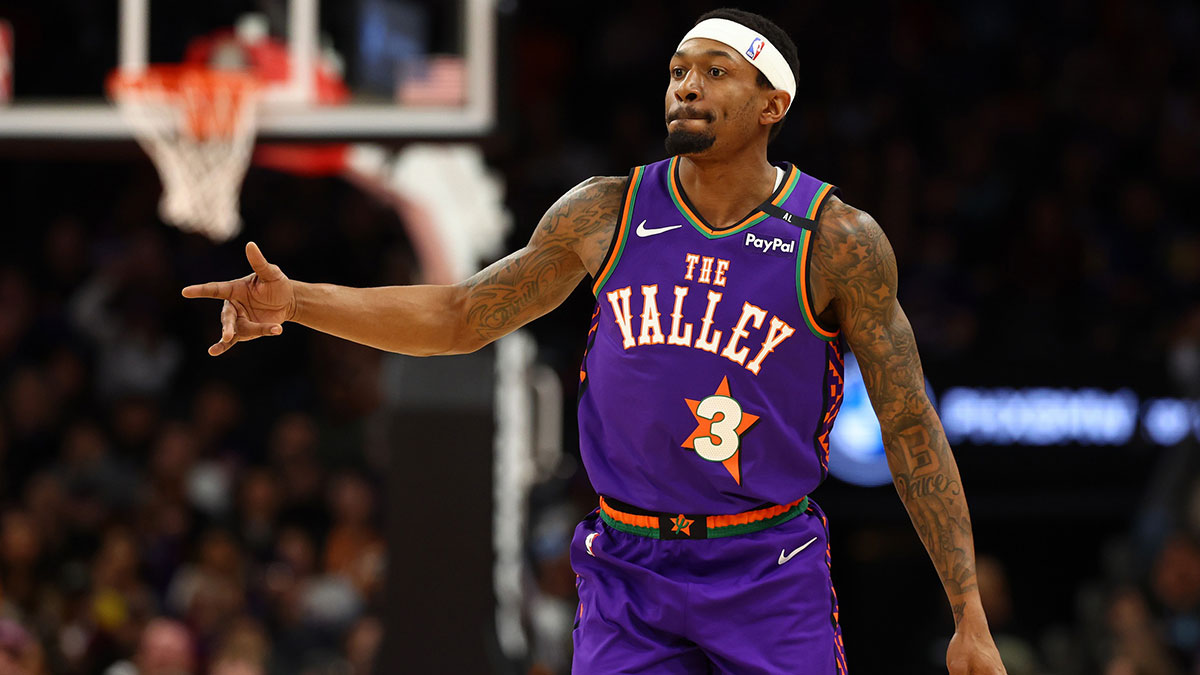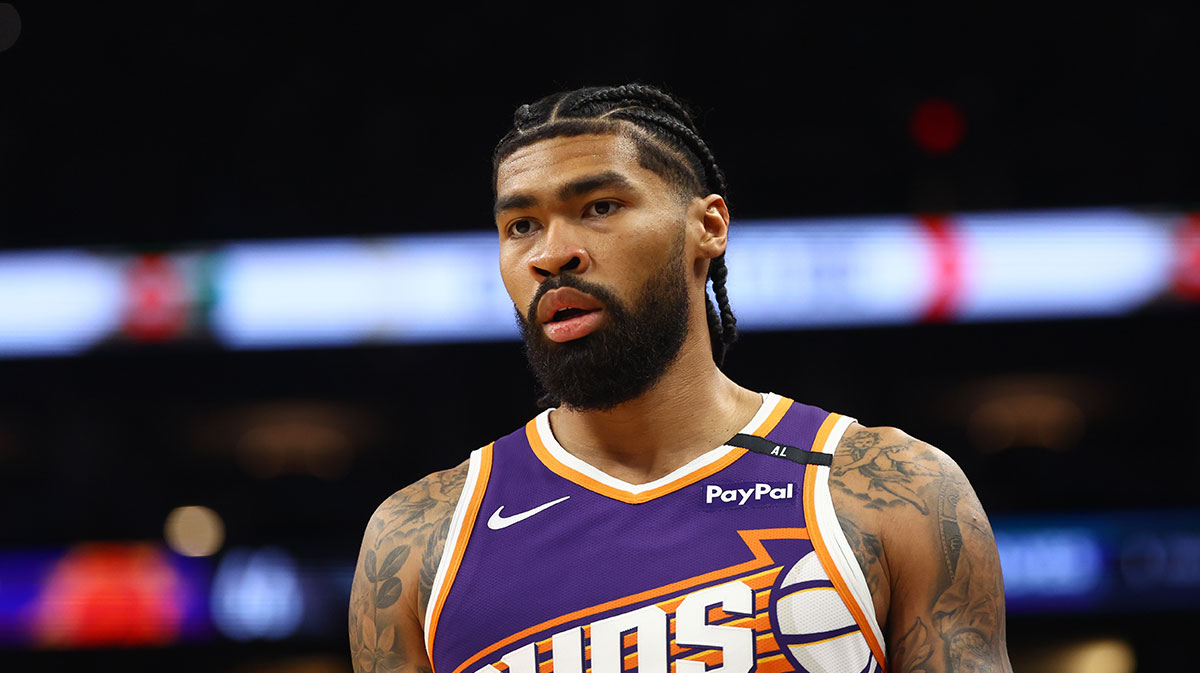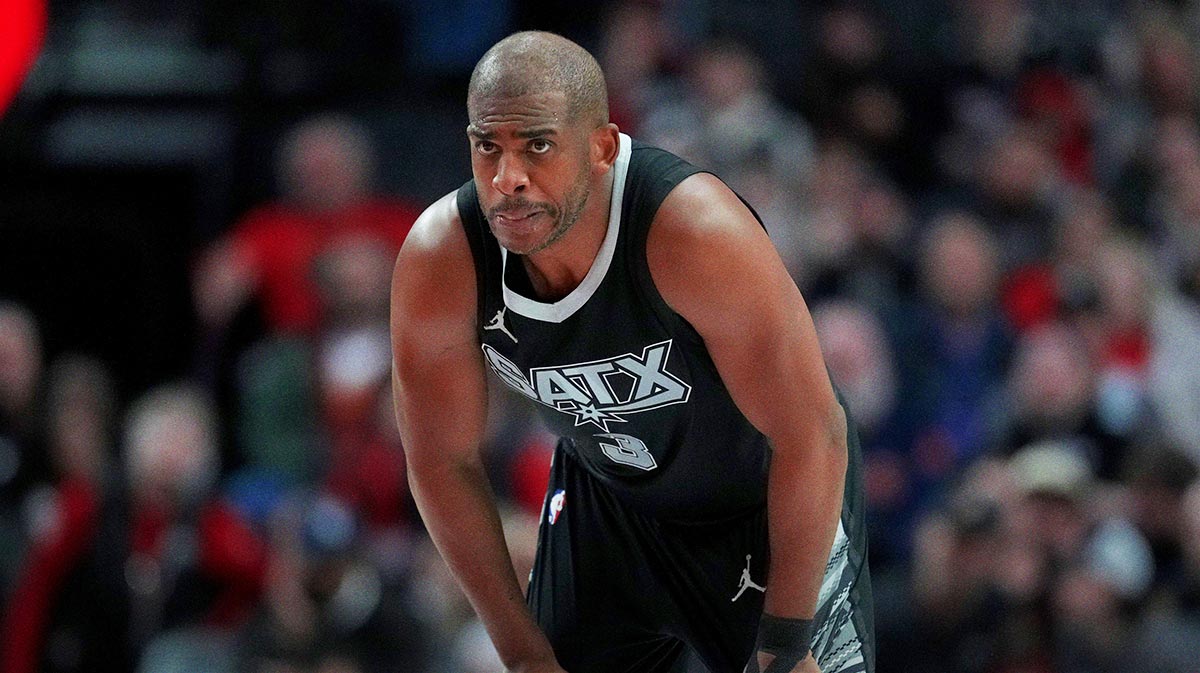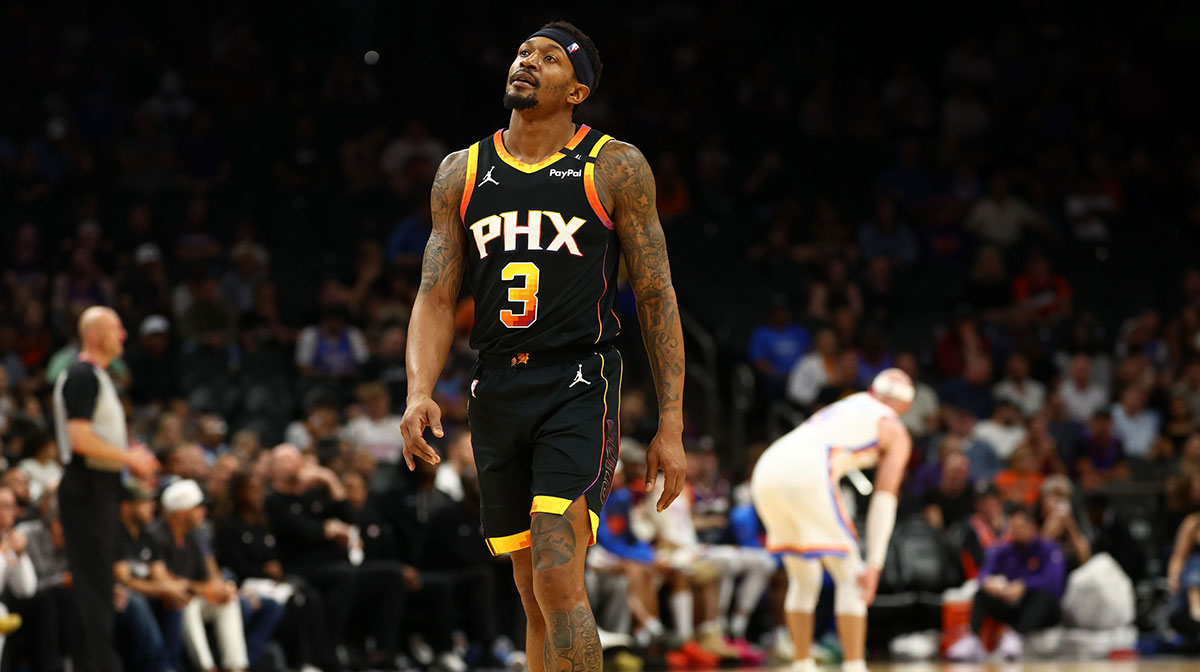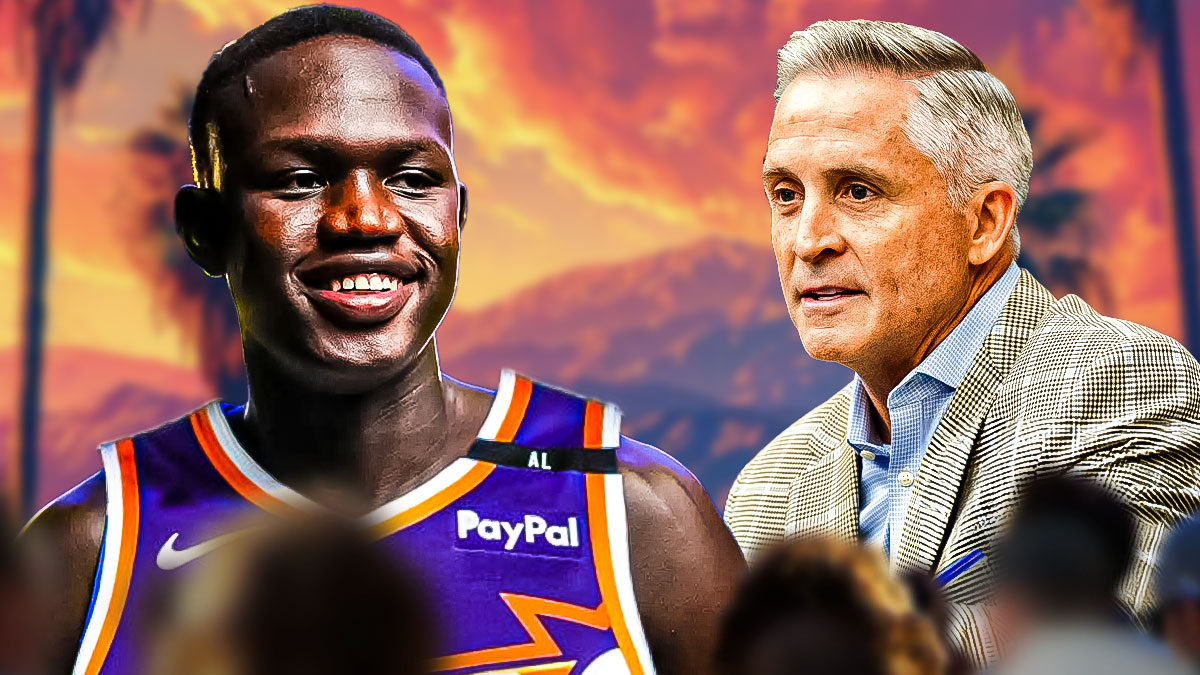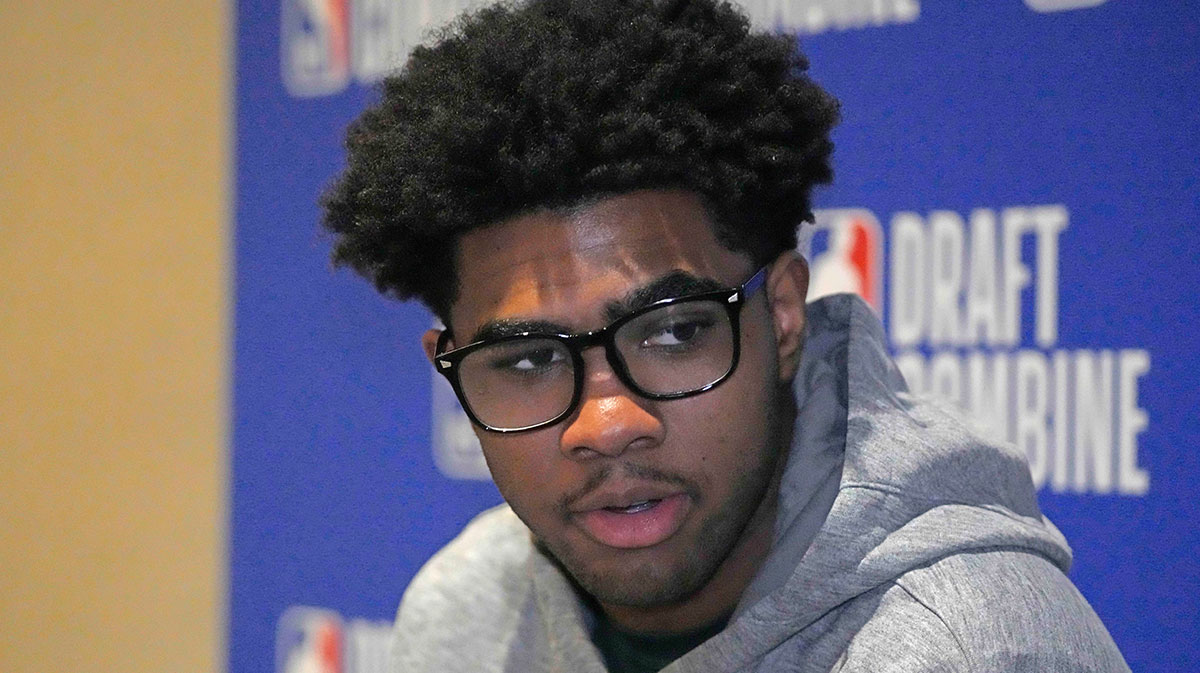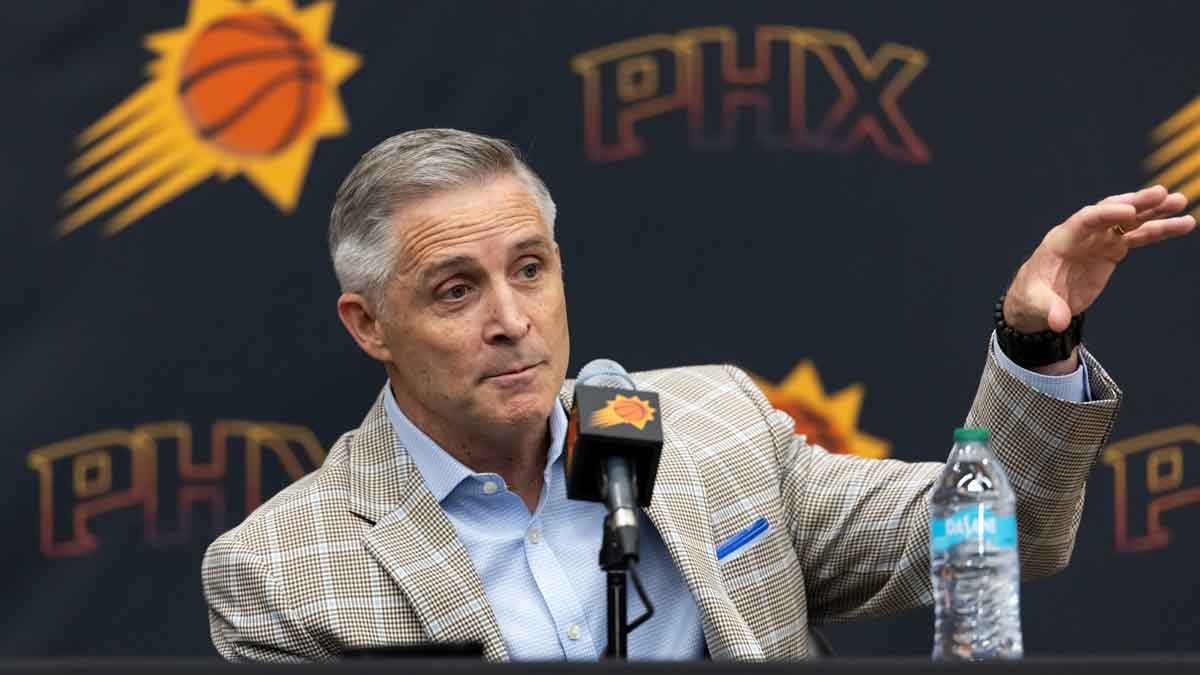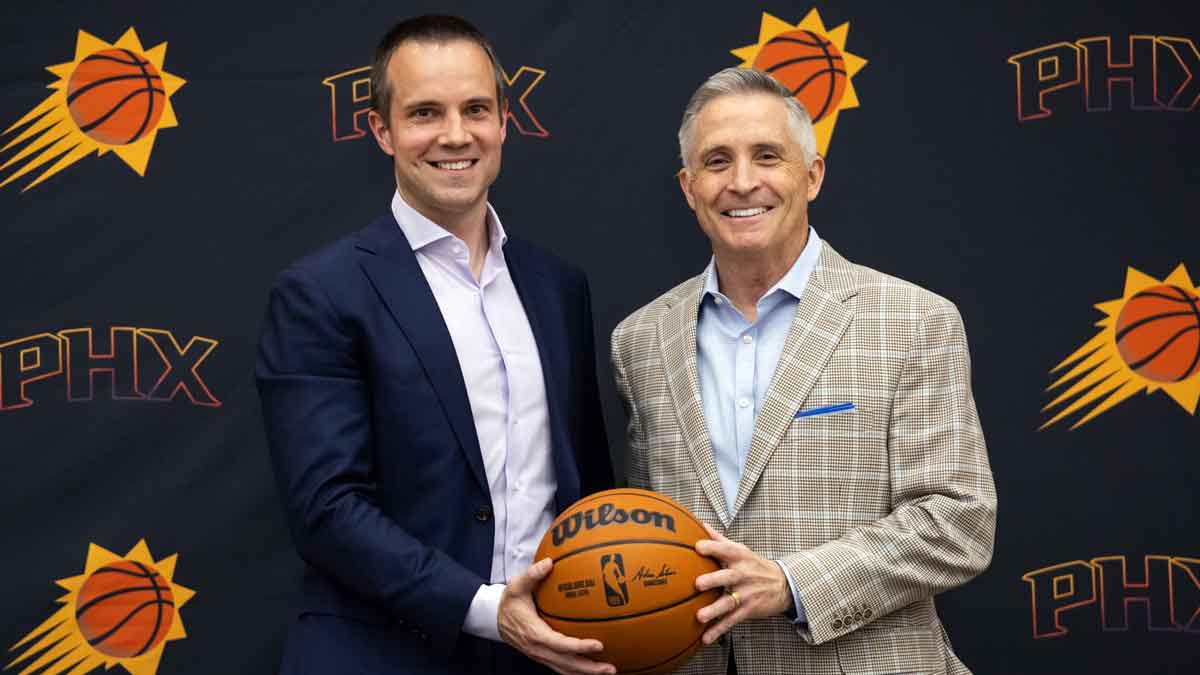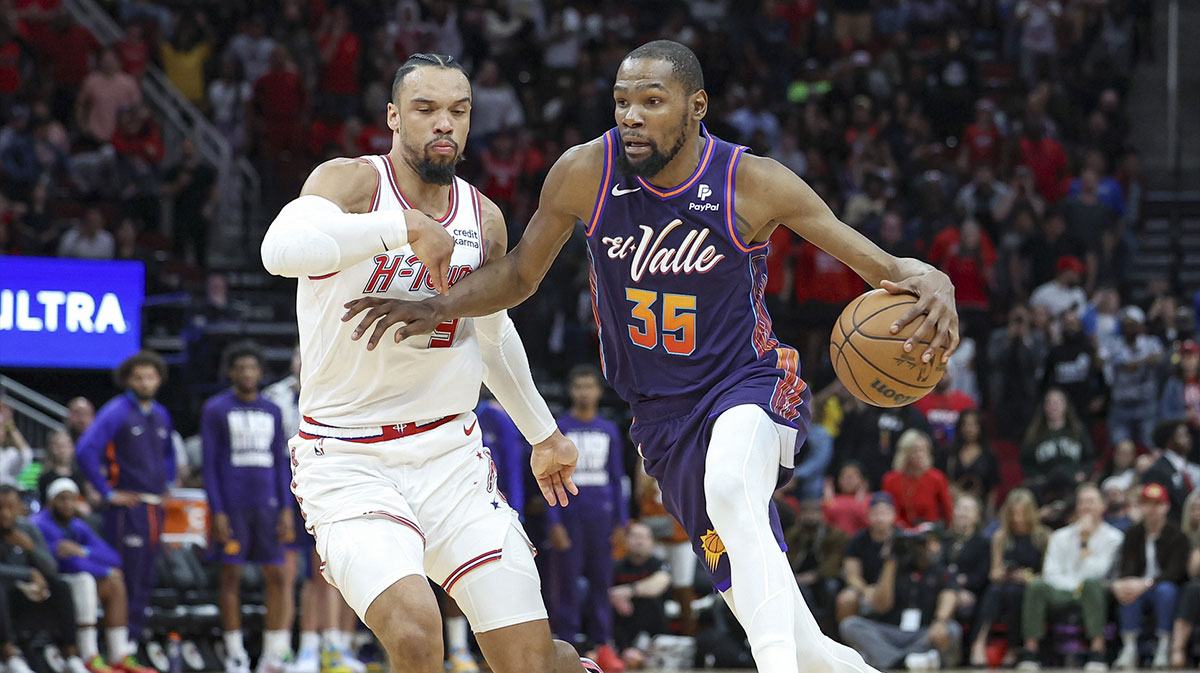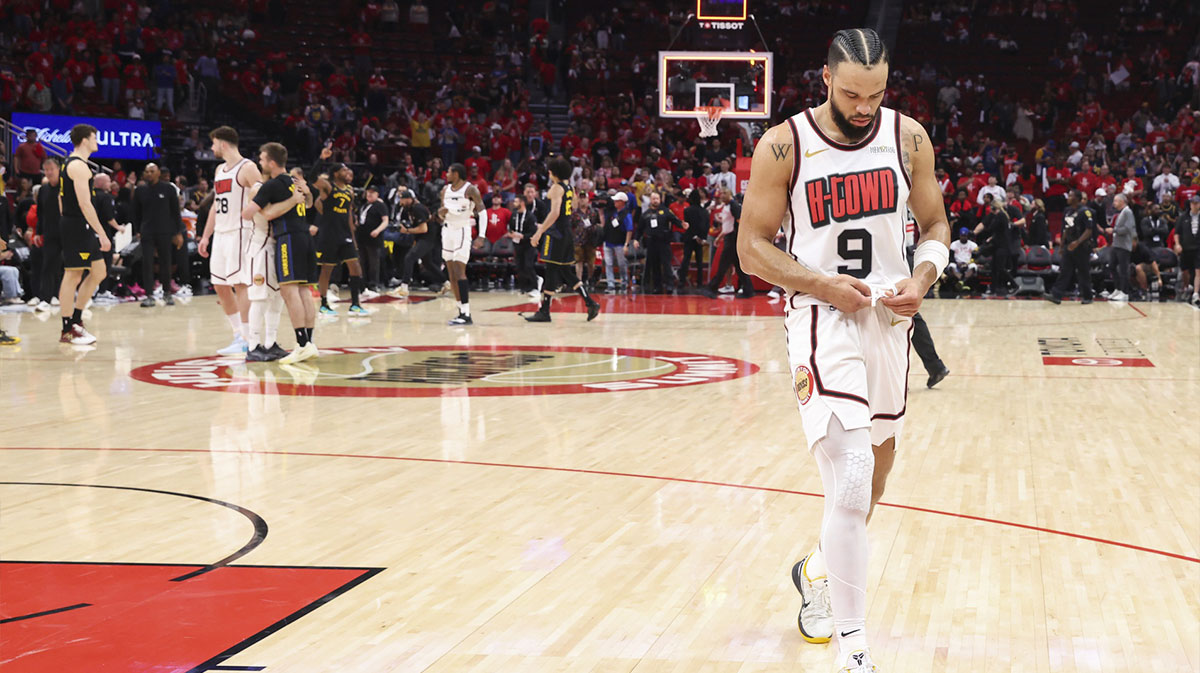In the span of just a week and a half, the Phoenix Suns' talent exponentially increased. On draft night, the club added Deandre Ayton, Mikal Bridges, and Elie Okobo within the first 31 picks. Once the free-agency floodgates were opened, Phoenix signed swingman Trevor Ariza to a one-year $15 million contract.
Those acquisitions allow the Suns to surround their franchise centerpiece, Devin Booker, with the requisite assets to make his life easier following a season in which he owned a 31.7 percent usage rate, good for fifth league-wide. In fact, Booker became just the eighth player in NBA history to amass a usage rate above 30 percent in their age-21 season or younger, joining the likes of LeBron James, Carmelo Anthony and Kevin Durant.
Now, with Booker and the Suns linked together through the 2023-24 season as the two sides agreed to a five-year, $158 million max contract extension, the onus falls on Booker's shoulders to make the leap into full-fledged stardom sooner rather than later, perhaps following in the footsteps of James, Anthony and Durant.
Phoenix did its job. No longer will the Suns trot out five-man units where Booker is the lone true talent on the floor. Last season, their most common lineup was Tyler Ulis, Booker, T.J. Warren, Marquese Chriss and Tyson Chandler, one that lacked floor spacing and capable ball handlers behind Booker, among a host of other glaring deficiencies.

Instead, there will be switch-heavy, diverse lineups with some combination of Booker plus the recently acquired Suns, along with Dragan Bender, Josh Jackson, and a healthy Brandon Knight. An Okobo-Booker-Bridges-Ariza-Ayton quintet would feature multiple playmakers, shooters, shot creators and skilled perimeter defenders, allowing Booker to focus on some of his underutilized off-ball strengths. Most notably: shooting off screens and on spot-up opportunities.
Booker entered the league billed as another Klay Thompson and, while he's flashed a budding playmaking gene, shifting his archetype to more closely resemble James Harden, he remains an elite, high-volume shooter. As one of just seven players to attempt 7-plus three-pointers per game and shoot over 38 percent beyond the arc last season, Booker was a member of an exclusive class that included both Thompson and Stephen Curry.

With newfound talent flanking him, that second mark has a chance to rise above 40 percent, assuming he's employed off the ball more. Per Synergy, Booker averaged 1.08 points per possession (69th percentile) off screens and 1.13 PPP (82nd percentile) on spot-ups last season. However, those two actions only comprised 277 total possessions whereas pick and rolls (0.85 PPP, 61st percentile) and isolation (0.83 PPP, 45th percentile) comprised 549 possessions, two play types that lean on self-creation skills.
If Okobo and Knight are primed to play sizable roles next season, Booker should enjoy more freedom to flow through screens or hoist up catch-and-shoot jumpers, areas where's he previously excelled:
Note how many of those shots came in the face of airtight defensive coverage. Adding Ariza, Bridges, Okobo and Knight into the fold stretches the court and alleviates much of the pressure Booker has experienced throughout his NBA tenure. A year ago, Bender, Booker and Troy Daniels were the Suns' only rotation players to post a three-point clip north of 36 percent. With Ariza, Bridges, Bender, Okobo and Knight all capable floor-spacers, opponents won't be able to sell out against Booker off the ball, especially considering the strides he's made as a passer.
Therein lies another facet of Booker's game with the potential to look even rosier next season. Booker has yet to play with a skilled low-post presence like Ayton or multiple three-point shooters who can survive defensively (yes, I'm looking at you, Mr. Troy Daniels). A powerful and perceptive rim-runner, Ayton isn't a particularly adept screener yet, which limits some of his immediate pick-and-roll potential, but imagine the openings he and Booker will have with three shooters aligned along the perimeter.
It'll be a welcomed landscape for Booker, who was consistently greeted by a sea of defenders out of the pick and roll last season, which sapped some of his offensive efficiency:
Providing Booker with knockdown shooters and a talented big man will also enable Phoenix to periodically continue its Point Booker experiment. Partially born out of necessity last season, it can now be a luxury as Booker expands his playmaking capabilities and off-the-bounce game while balancing his off-ball duties.
A season ago, Booker averaged a career-high 4.7 assists per game, upped his assist percentage to a healthy 24.4 percent (his previous best was just 16.3 percent) and was generally more comfortable as a ball handler, producing a career-best 0.85 PPP on pick and rolls while employing a career-high 7.2 pick and rolls per night.
His growth as a facilitator was reinforced by the eye test, too. Booker punctured opponents with more off-motion passing, exposed more openings when doubled — although, this does remain the best way to flummox him as a ball handler— and probed through the lane more often, canvassing the floor for creases in the defense:
The Suns will hope Booker's development curve continues to trend upward and doesn't plateau, given such a scenario is the only way to experience an accurate return on their $158 million investment. Aiding his expected improvement is the presence of new head coach Igor Kokoskov, an astute offensive mind who's sure to maximize the young guard's strengths and will serve as the first competent lead man Booker has played for during his time in the NBA.
Nonetheless, Booker's gaudy 2017-18 stat line — 24.9 points, 4.7 assists and 4.5 rebounds — masked many of the deficiencies in his game that stand as obstacles on his path to returning full value on his max contract.
He's still a very raw playmaker, often showcasing limited vision as he misses open teammates and instead opts for contested shot attempts among a mob of defenders; he's a poor finisher around the rim — in part because of his heavy offensive burden; his overall scoring arsenal is largely inefficient beyond three-point shooting.
However, Booker's most glaring weakness lies on the other end of the floor where he's apathetic, overmatched, and lacks sharp instincts. Defensive impact is wholly more challenging to quantify than offensive impact so take this with a grain of salt, but Booker ranked 502nd out of 521 eligible candidates in ESPN's Defensive Real Plus-Minus last season, underscoring the negative footprint he provides.
For a franchise stuck in neutral for eight seasons now, shelling out the money to pay the first potential superstar they've landed during this rebuild was necessary. Booker isn't worth his lucrative contract yet but the risk of losing a 21-year-old, silky-shooting combo guard who's made tangible and substantial improvements each season is an even more damaging proposition.
There is the potential some of the flaws in Booker's game will shrink with more talent around him but other areas of growth will need to stem internally. Phoenix will be banking on both developments as the star guard inches closer toward his prime, one that's hopefully defined by efficient scoring, crisp facilitating, passable defense and winning basketball.

